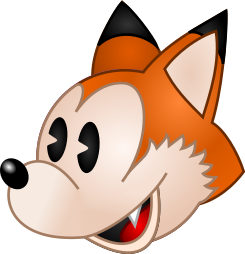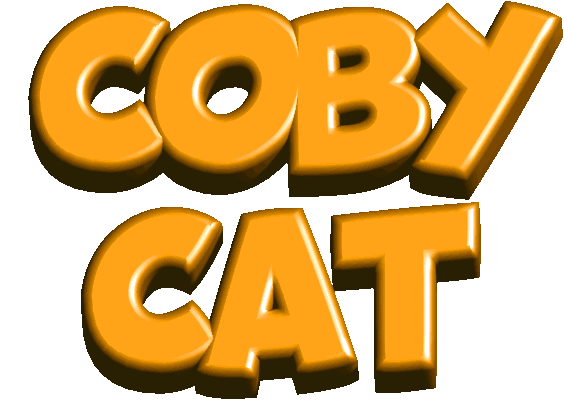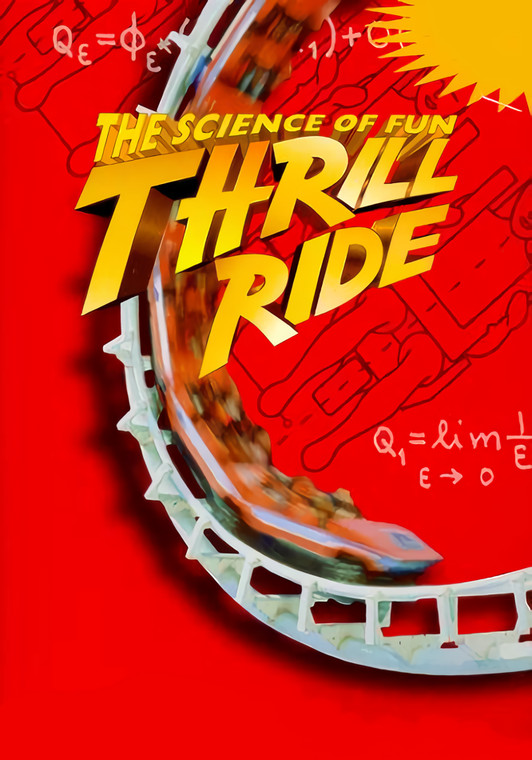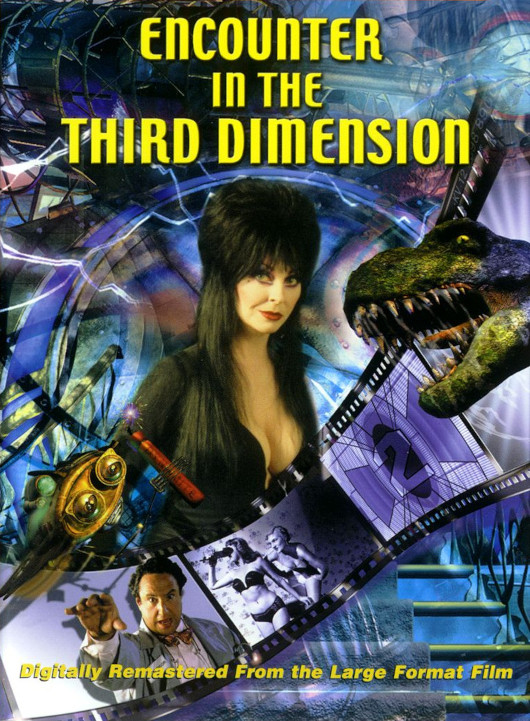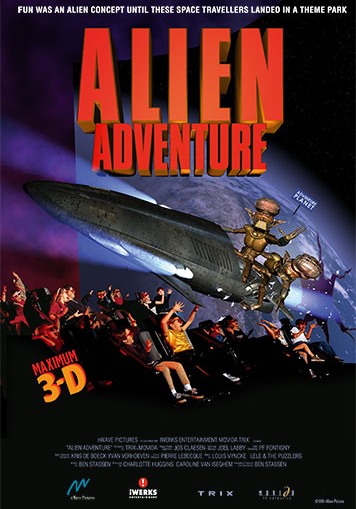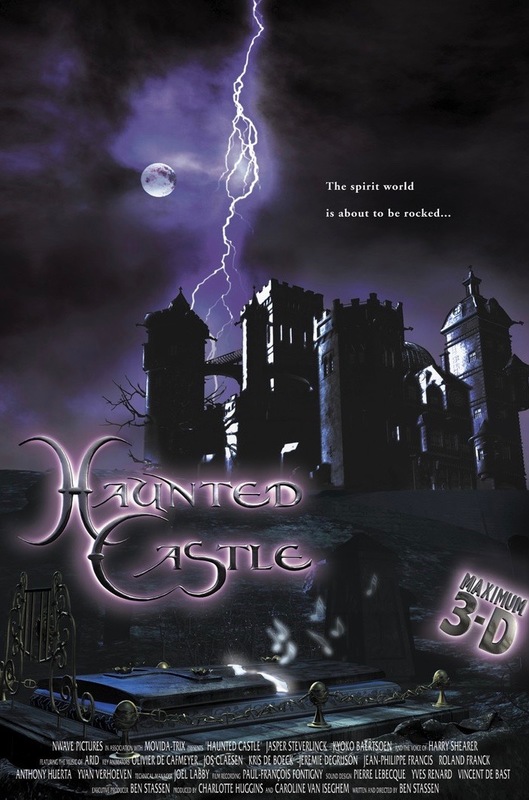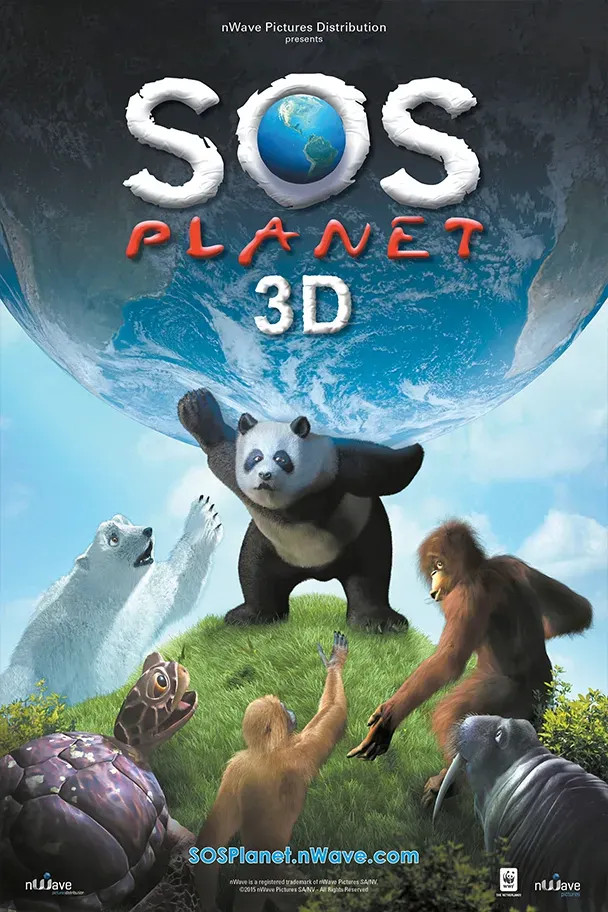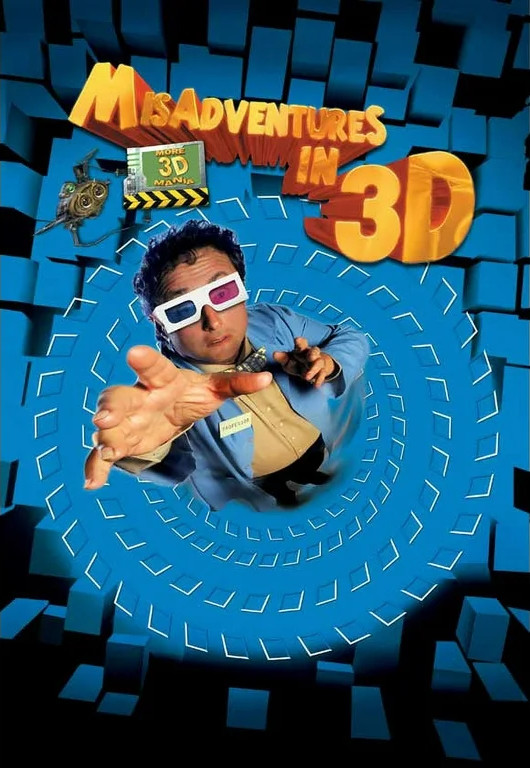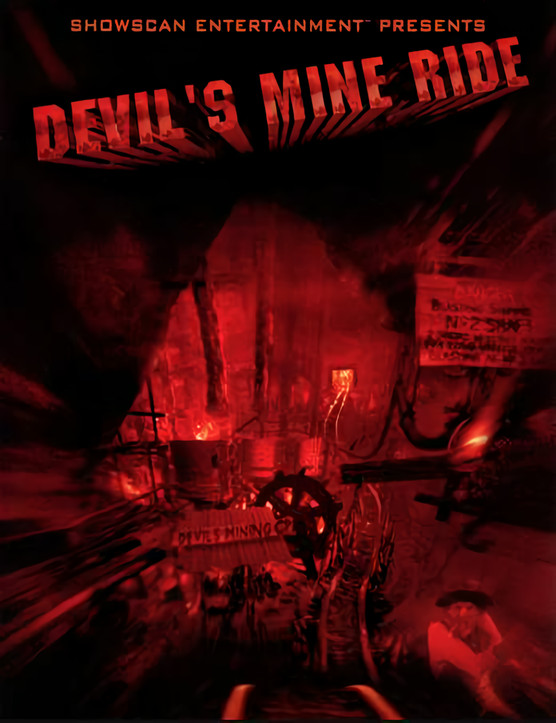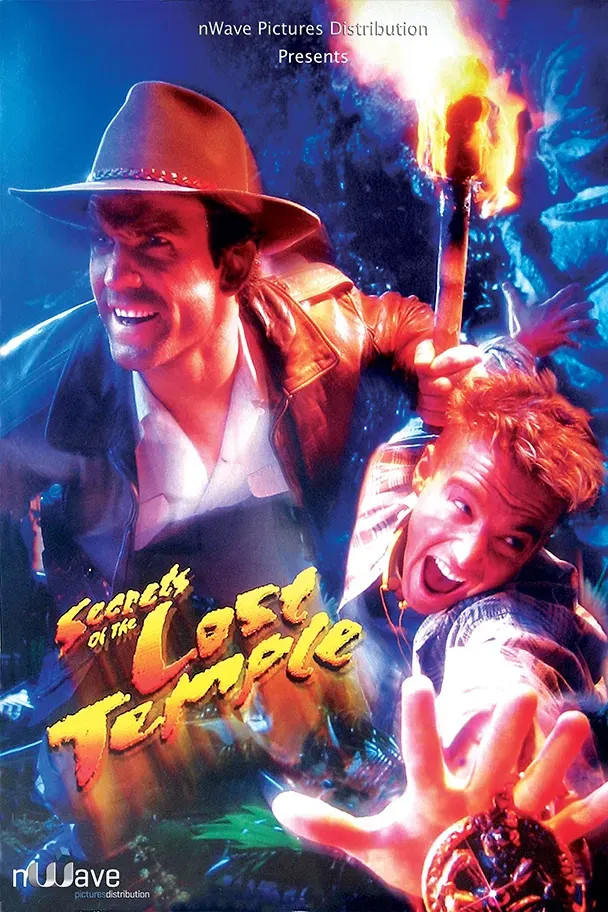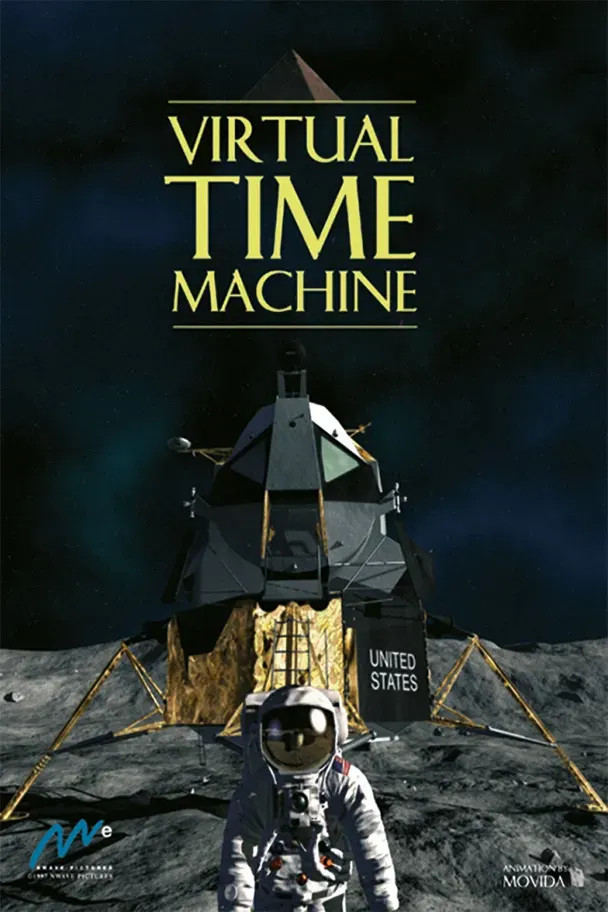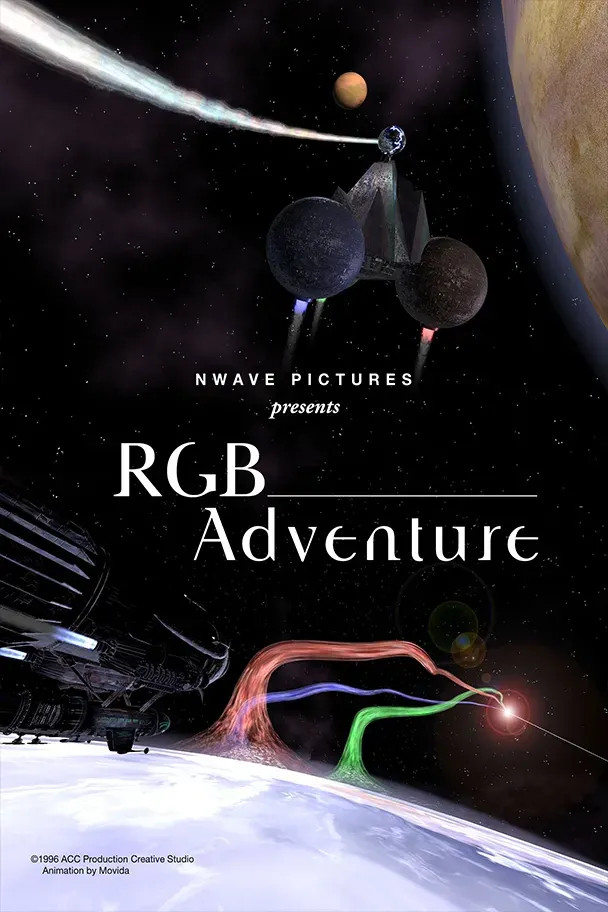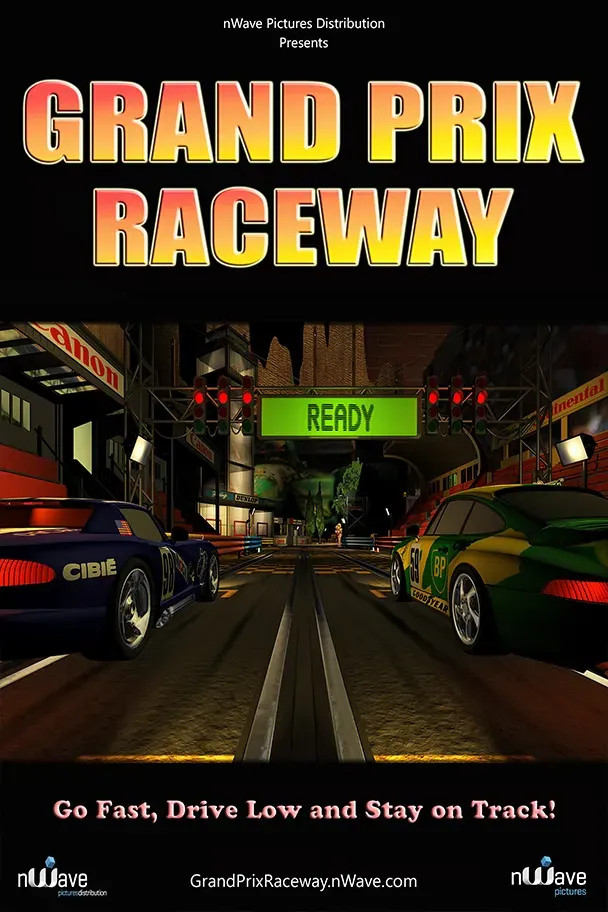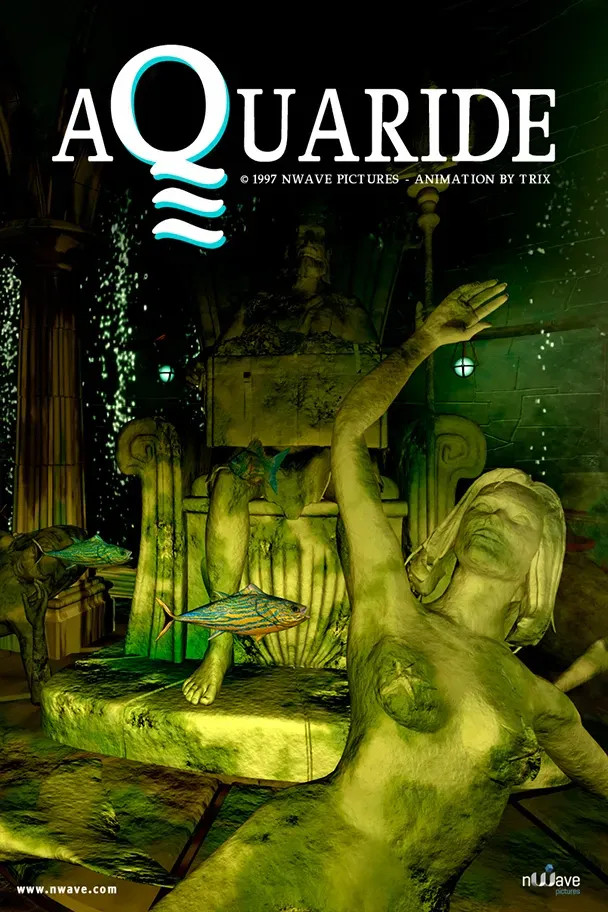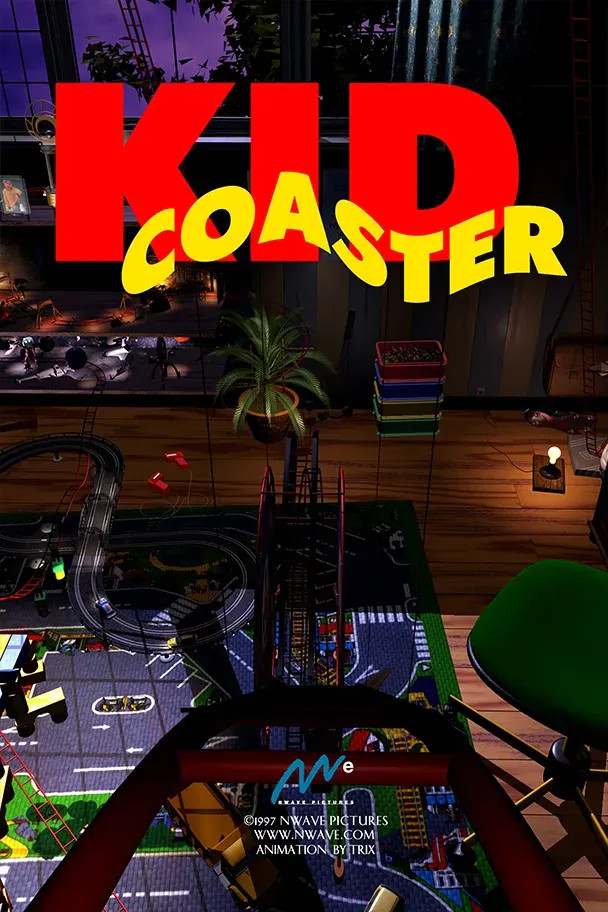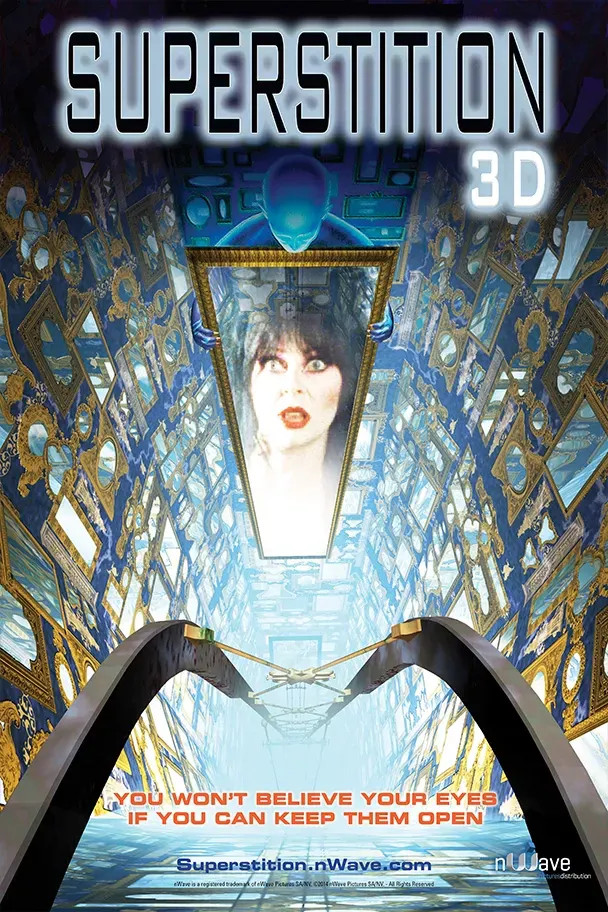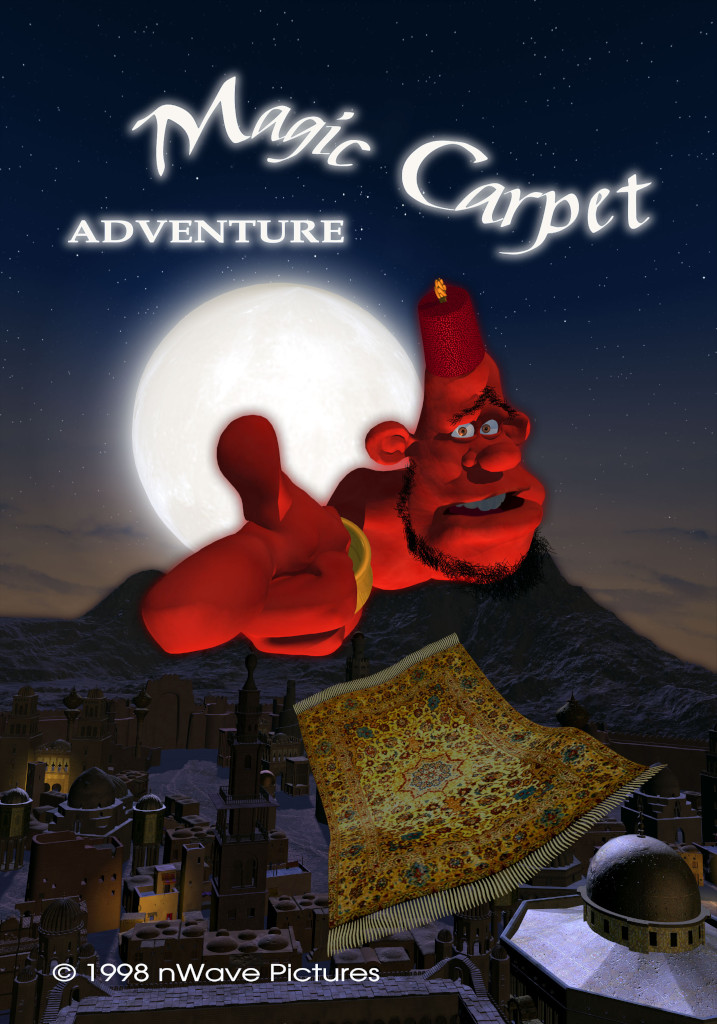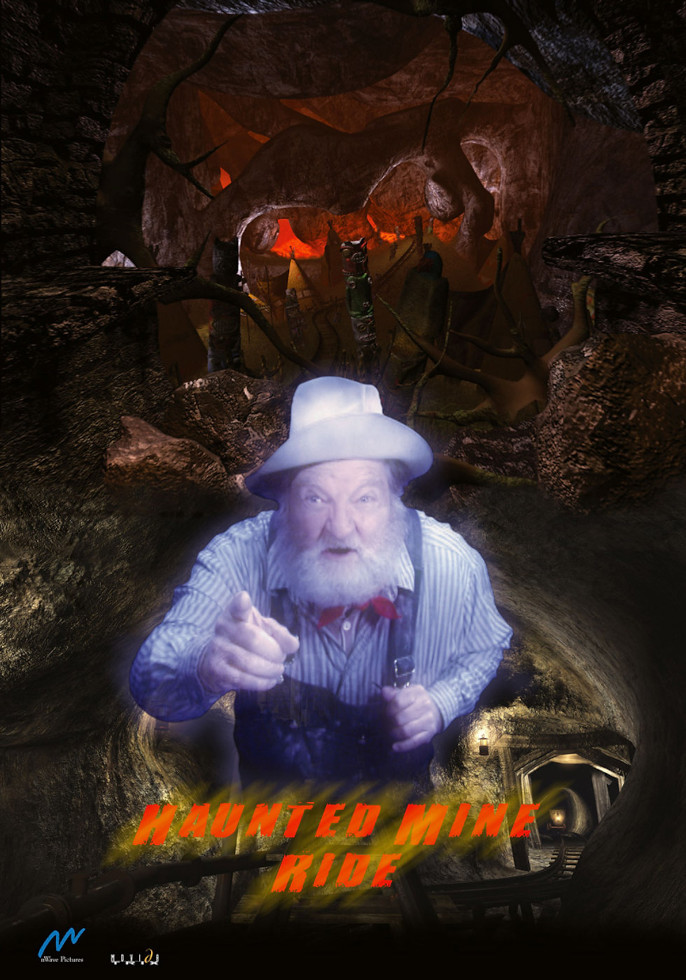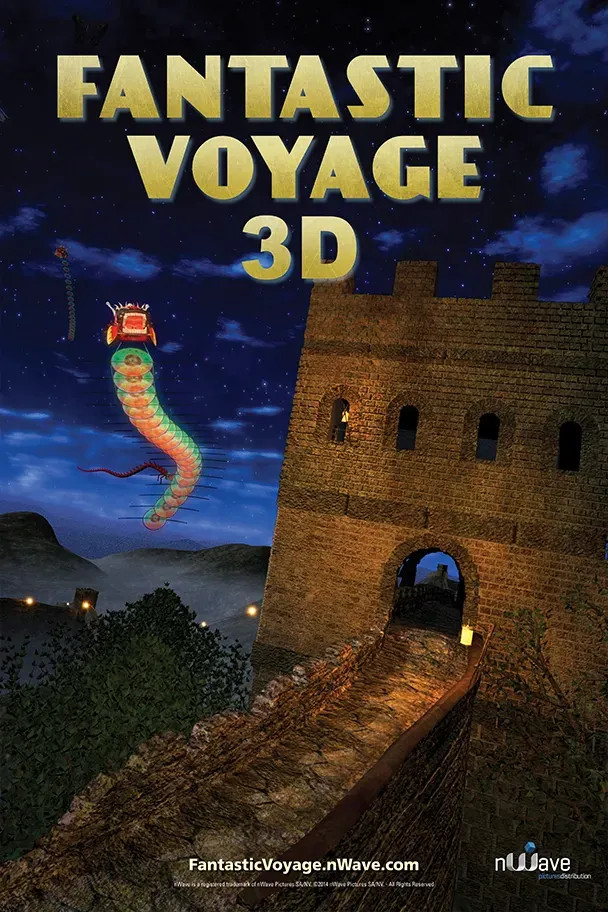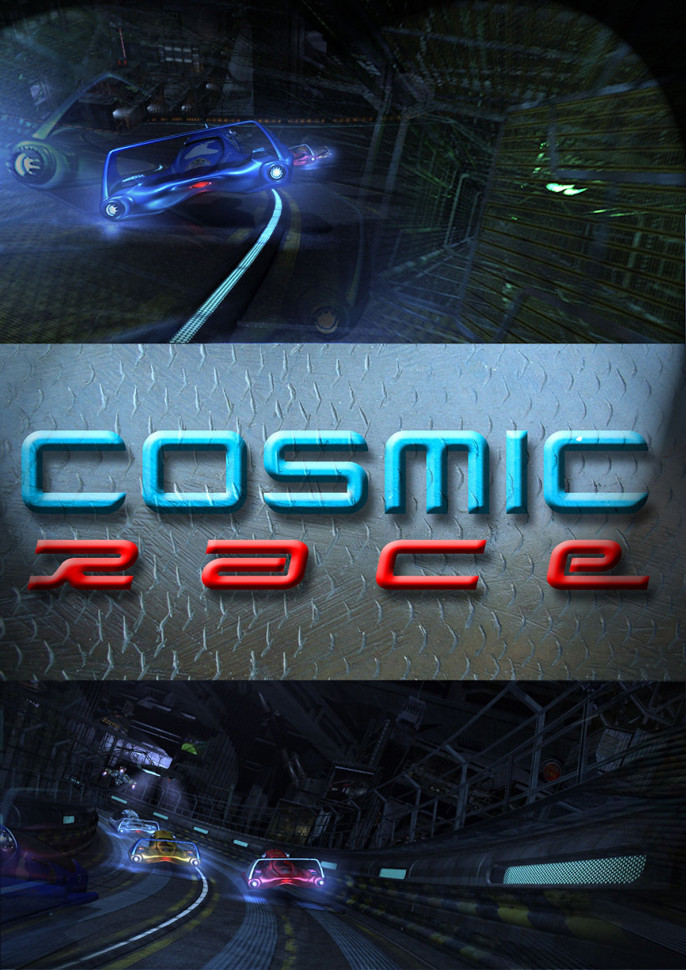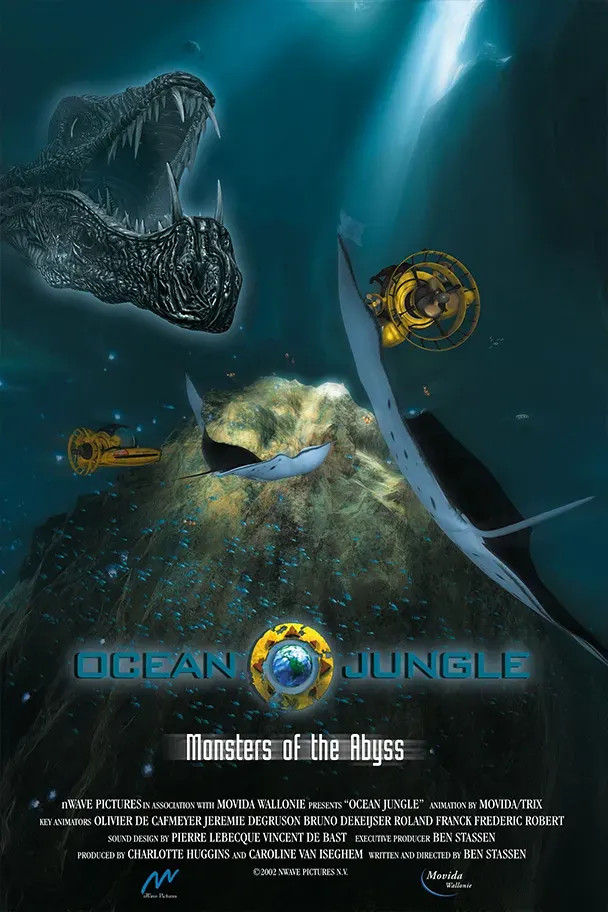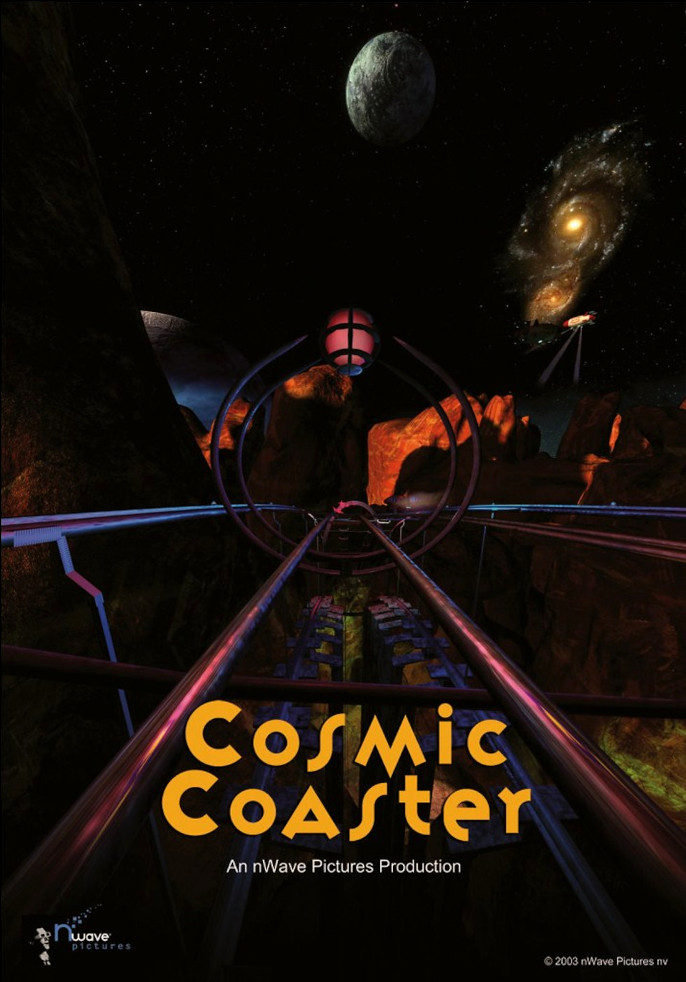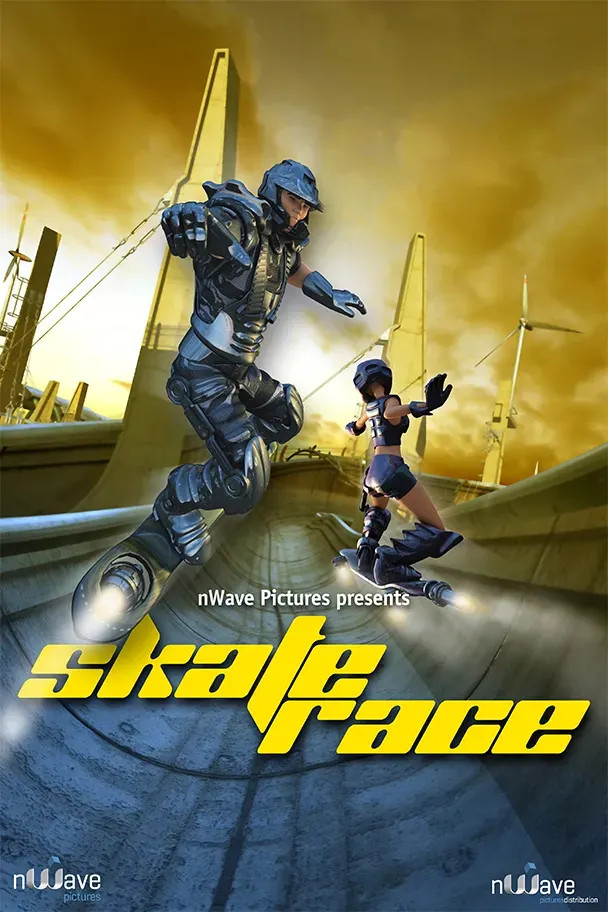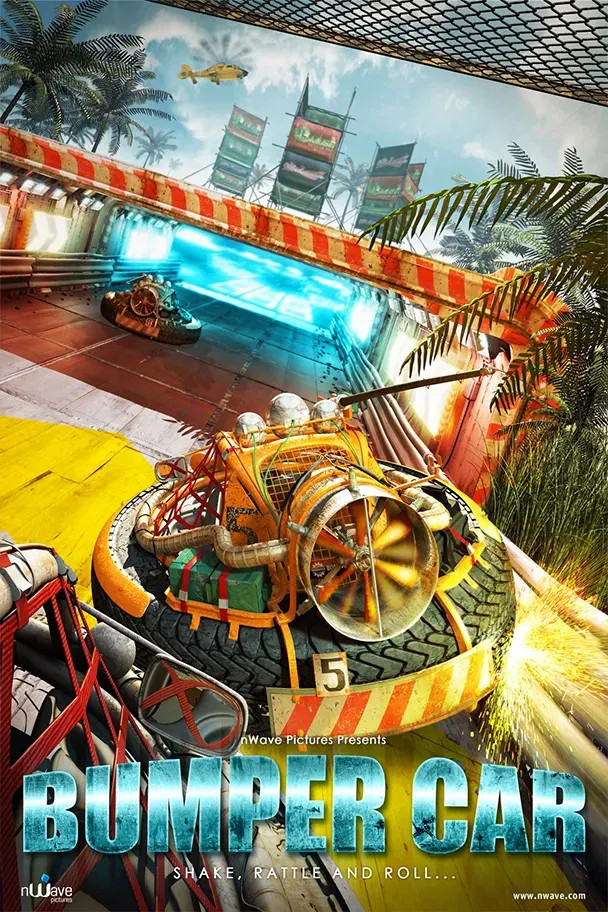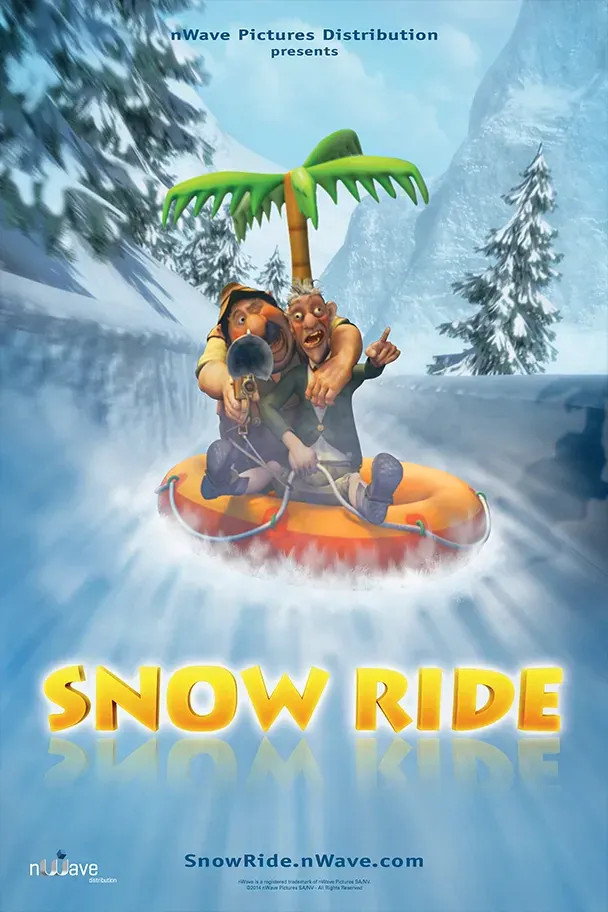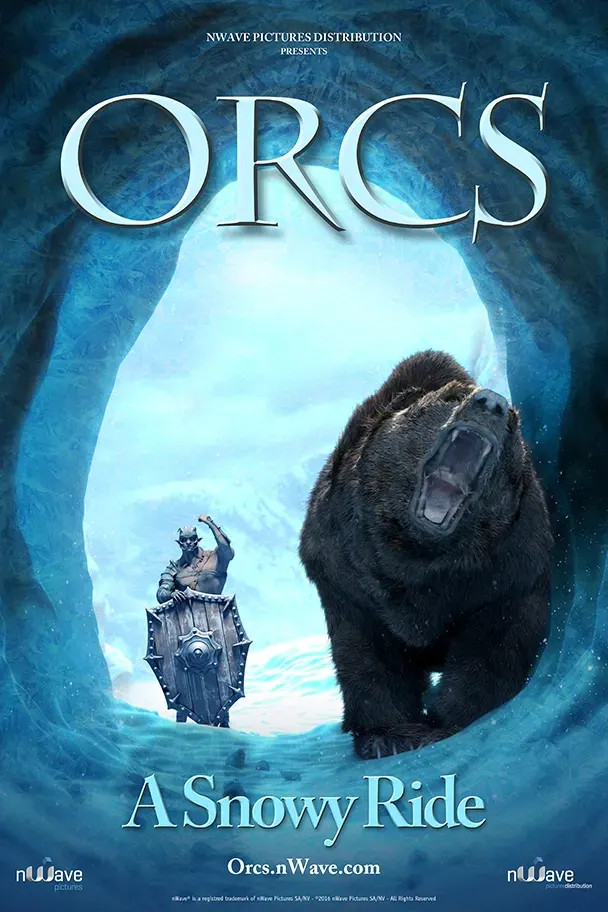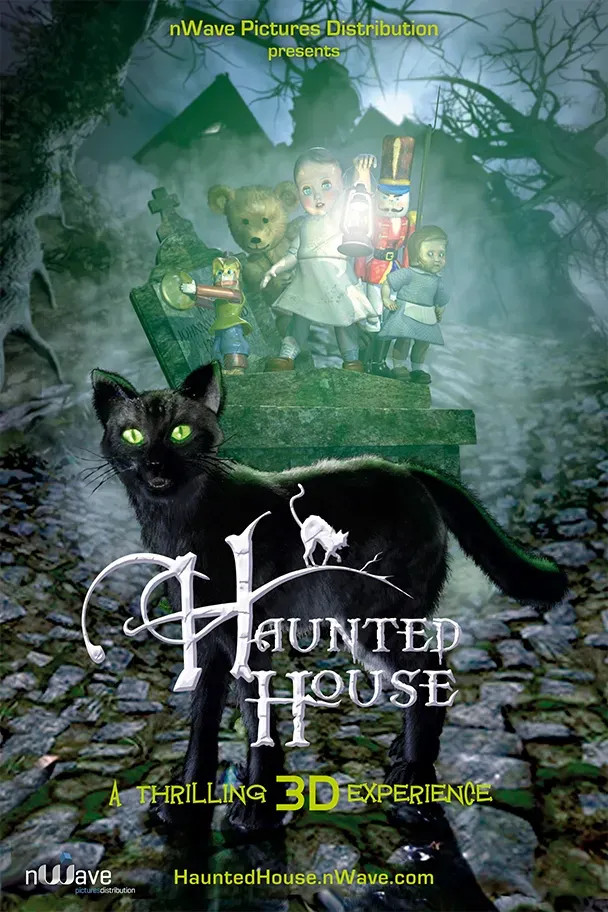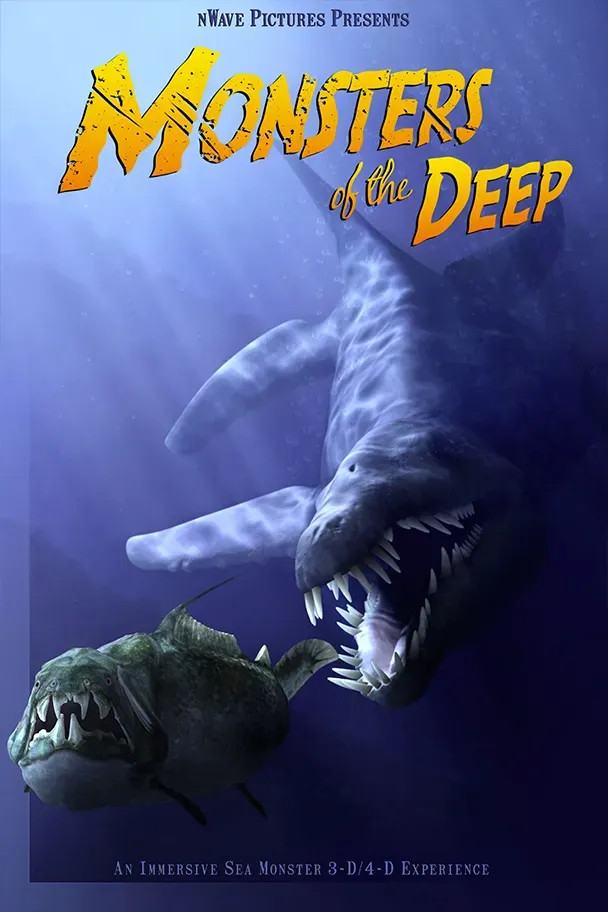nWave
The Belgian company nWave was founded in 1994 as a merger between the bankrupt company Little Big One and its animation spin-offs Movida and Trix, with the directorial work of Ben Stassen becoming the creative unifying force behind its CG experiments.
Sorting through nWave's catalog is a bit difficult since they distribute a lot of stuff they didn't make, and some of their early stuff isn't listed on their website. In scope for this page is things made in-house with a significant amount of computer-generated graphics. You can always reach out to me if you have more to add!
They've produced ride and attraction films based on their feature-length movies, starting with Fly Me To The Moon. I will not be covering these separately, but I am interested in any information about any potential differences compared to the actual movie (beyond cutting for time).
Large Format
Thrill Ride: The Science of Fun (1997)
Mostly a documentary with live-action footage and diagrams. Uses excerpts from other nWave productions, including:
- Secrets of the Lost Temple
- Elvira's Superstition
- Virtual Time Machine (pretty much shown in full)
Encounter in the Third Dimension (1999)
About 3D movies. Includes some excerpts from other companies' 3D movies, like Dino Island and T-2 3-D, but also their own Haunted Mine Ride
Some fun trivia taken from their old website:
- The live-action footage for E3D was first shot in 8 perf/70mm, 5per/70mm, then integrated into a 15 perf/70mm digital format on a computer.
- The live-action film was scanned into computers at a resolution of 5.5K or 4K, at least twice or more than that of traditional 35mm.
- The digital images took almost 140,000 hours (the equivalent of 5,755 days) to render.
- Scenes that contain the Professor, Max and Elvira have thirty-seven layers of images.
- The film contains approximately 98,000 frames of 15/70 digital images.
- It took almost 3,300 hours to transfer the entire film from the computers, equivalent to 137 1/2 days.
- Taking two minutes per frame, the filmmakers transferred almost 800 frames per day.
Alien Adventure (1999)
The amusement rides visited by the aliens in this movie were originally separate motion simulator ride videos.
- Arctic Adventure was the motion ride video Glacier Run
- Magic Carpet
- Kid Coaster
- Aqua Adventure was the motion ride video Aquaride
Some fun trivia adapted from their old website:
- It was the first fully digital feature-length (30 minutes or more) giant screen film released to date, and one of the first giant screen films to use extensive computer-generated character animation.
- Alien Adventure was created by a team of twelve CGI animators and two technical managers over a 10-month period.
- Two lead animators took the responsibility for animating the Aliens in the command center. They were assisted by two additional animators to create the animation of the aliens visiting the Adventure Planet theme park. The aliens were animated on Intergraph workstations using the Lightwave software. All the backgrounds were created in Alias/Wavefront software (Explore and Maya). The compositing of the Aliens over the background was done using the Composer software from Alias/Wavefront.
- The total rendering time needed to create the 103, 680 frames of high-resolution images for this giant screen 3-D film exceeded 180,000 hours. Integraph workstations were used for the rendering of the Aliens, all the other layers were done on Silicon Graphics workstations.
- Two MSM cameras mounted on Cine III film recorders were used to create three sets of stereoscopic negatives. Two left/right eye original negatives were recorded in 15/70 film format and one left/right eye original negative was recorded in 870 film format. At 2 minutes of recording time per frame, the entire process took 622,080 minutes, the equivalent of 432 days of film recording.
- The image of the earth and the closer shot of South-Western USA are very high-resolution real satellite images.
- “Le Parc Du Futuroscope” (Poitier, France), an innovative theme park entirely dedicated to image technology, was used as the background for the “Adventure Planet” theme park.
- The language spoken by the aliens is actually an earth-based language called Walloon, which is an ancient French dialect spoken by a fast decreasing group of mostly elderly people in the southern part of Belgium.
Haunted Castle (2001)
Featuring music and voicework by Belgian bands Arid and Lunascape. Some information about the production was found on the old promotional website.
A custom-built 3-D camera rig was employed to film live actors were filmed in front of a green screen. Once the computer animation was completed in Brussels, the digital files were then transferred to film via a film recorder in Los Angeles.
A film recorder is essentially a machine comprised of a computer and a high-resolution monitor with a large format (65mm) camera placed on top of it. Computer files are scanned onto the monitor that reads the primary colors of red, green, and blue. In turn, the monitor exposes the film three times, one for each color.
For a large format, high-resolution film like Haunted Castle, the film recorder takes nearly two minutes to record each frame of film. Considering the entire film has a total running time of forty minutes and requires two sets of images (a left eye and a right eye) at 24 frames per second, Haunted Castle has approximately 115,000 frames. Working twenty-four hours a day non-stop, with a record rate of 800 frames a day, it took nearly five months to transfer Haunted Castle from computer to the giant screen.
SOS Planet (2002)
In its shortened form, it was a 4D theme park experience, most notably at the Efteling as Pandadroom. In its expanded form, it was an IMAX documentary. Being shown at the Efteling, a very popular Dutch theme park, might be the reason why Escapi never distributed a home video release, whereas Slingshot did (see my IMAX page).
Ride films
These are honestly my main interest, stemming from my childhood fascination with the Venturer S2 Motion Simulator.
Devil's Mine Ride (1991)
Five years ago, I had the good fortune of producing Devil's Mine Ride, one of the first attempts to create high-resolution computer graphics for the large screen format. Following the critical and commercial success of Devil's Mine Ride, I co-founded New Wave International with the D&D Media Group, a large television production company based in Brussels, Belgium.
The above quote by Ben Stassen comes from a 1997 article.
Astro Canyon Coaster (1994)
A brand new ride produced by Ben Stassen and realized by the Belgian computer graphics company Movida. Commissioned by the Japanese games manufacturer Taito, the ride will be used in Japanese game arcades in a two-seated simulator, which will hurl the participants completely around, even upside down.
The above quote comes from a listing in the ISEA archives.
Cosmic Pinball (1994)
Made in co-production with the Showscan Corporation and using their eponymous technology, which shoots and projects 70mm film at 60 frames per second.
Volcano Mine Ride (1995)
This ride film appears in the 1997 Bean: The Movie, where the titular character tampers with the simulator to make it more exciting.
Virtual Time Machine (1996)
The Virtual Time Machine is a ride for a theme park; one can see it in a motion simulator or in the conclusion of an Imax film called Thrill Ride, The Science of Fun. The story is a kind of a time trip, beginning in the future and goes back to the big bang and forward to the future, passing by the creation of the earth and the Extinction of the Dinosaurs, Ancient Egypt and so on. As it resumes, it is 4 intensive minutes of Adventure!
When Caroline and Anthony proposed me to direct The Virtual Time Machine, I was very hesitant to handle this huge project. I accepted on one condition, that I would do it if Anthony would guide me. We started with the project in November 1996, and after 2 or 3 months, Anthony decided to leave it completely to me. Together with the Movida team we decided what to do and how to work it out, so everyone's suggestions are included in this ride film. My final job was to compile all the ideas to make a good film with creative and technical continuity. What really was a challenge and a problem for me was the fact that this ride is destined for the largest screens. What is unique about this format is that you can see every flaw in the picture, so the images have to be perfect. It's quite different from 35mm film because the screen is smaller and the grain is not so thin.
Imagine the very big size of the database: 18 megabytes per image, more than 200 gigabytes for storage and more than 26.500 hours for rendering.
The quote above is excerpted from the ARS Electronica Archives, and the person being quoted is probably Ben Stassen.
RGB Adventure (1996)
Somewhat contextualized in this article, and according to this video's description it somehow spawned a short-lived anime series.
Silicon Adventure (1996)
Mentioned in this article and this scan.
Dracula's Haunted Castle (1996)
According to their Twitter, the original files are corrupted.
Haunted Mine Ride (1999?)
Should be a lot earlier than the listed date, looking at the visual design and it being mentioned in Thrill Ride.
Fantastic Voyage (2000?)
Unclear date, appears on their website in the year 2000.
Journey to the Center of the Earth (2000?)
Site has later date, earliest mention I found is 2000.
Snow Ride (2014)
Orcs (2016)
Attraction films
Haunted House (2004)
Plankton (2008)
Monsters of the Deep (2012)
Pirates (2014)
Feature movies
Their feature movies are easier to keep track of, so I will mostly stick to listing what theme parks attractions they based on them, and perhaps some home video tips.
I'm really curious to know if there any parts in these attraction conversions that do not appear in the movies.
Fly Me To The Moon (2009)
This one unfortunately only got a Blu-Ray release in Spain and Greece, for some reason, and even then only in anaglyph 3D. What a missed opportunity!
A Turtle’s Tale: Sammy’s Adventures (2010)
A Turtle's Tale 2: Sammy's Escape from Paradise (2012)
- Attraction (as Turtlevision 2) nWave
House Of Magic (2014)
Robinson Crusoe (2015)
Son of Bigfoot (2017)
The Queen's Corgi (2019)
Bigfoot Family (2020)
- Attraction (as Trapper's Adventures) nWave
Chickenhare and the Hamster of Darkness (2022)
- Attraction (as Meg and The Lost Scepter) nWave
The Inseperables (2023)
- Attraction (as Theater of Dreams) nWave
